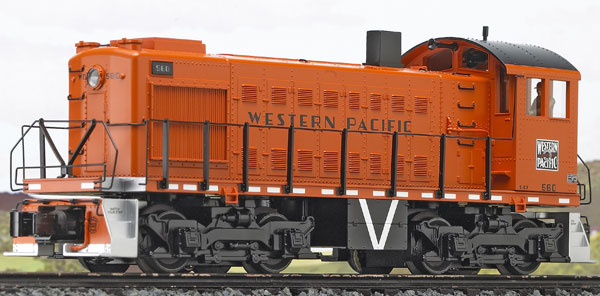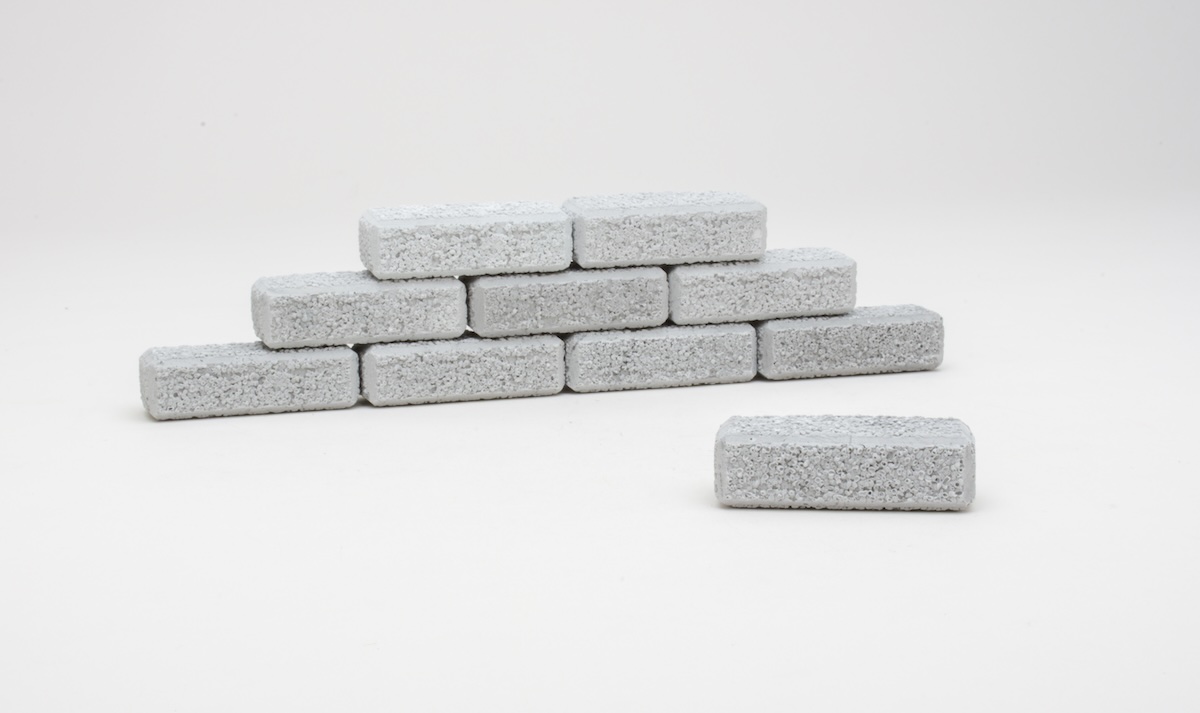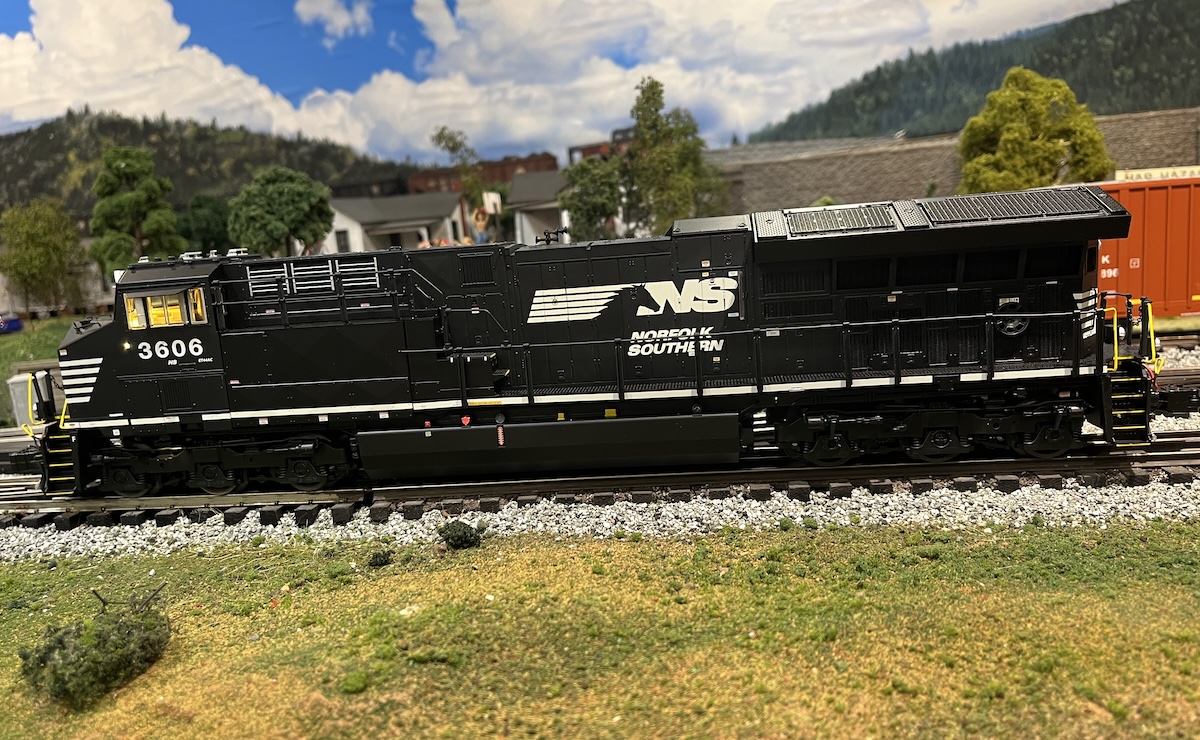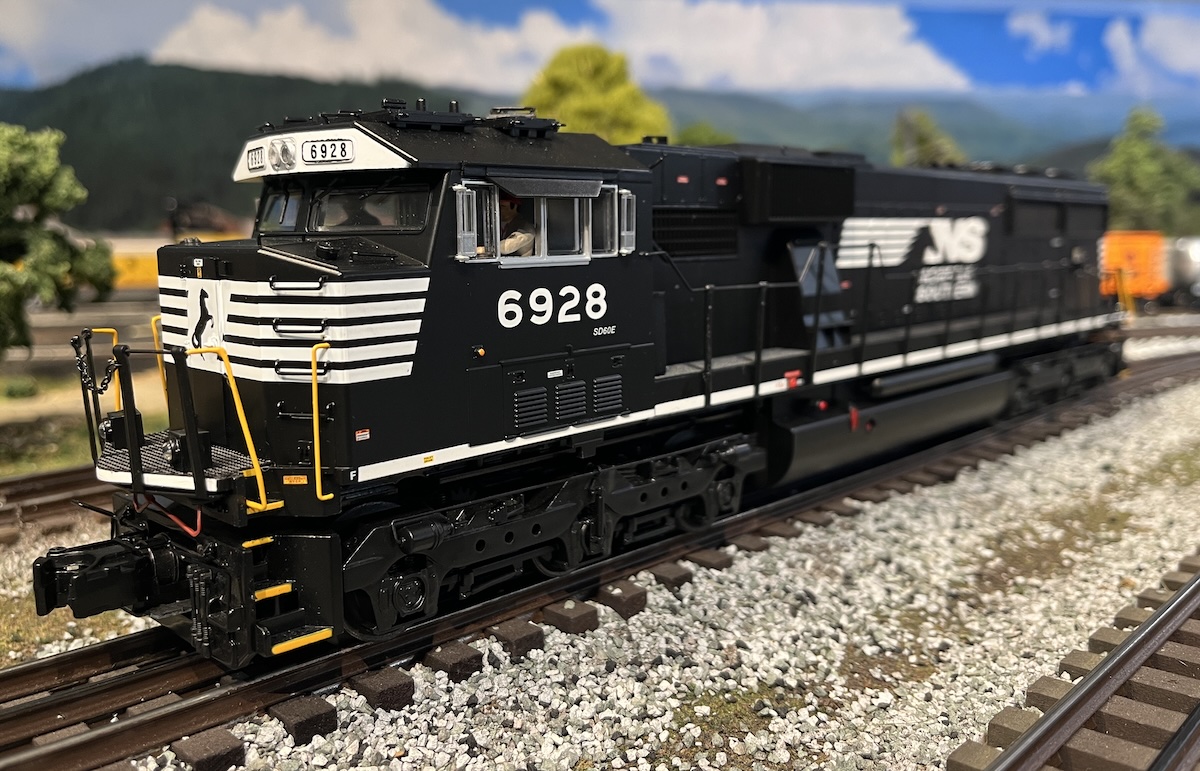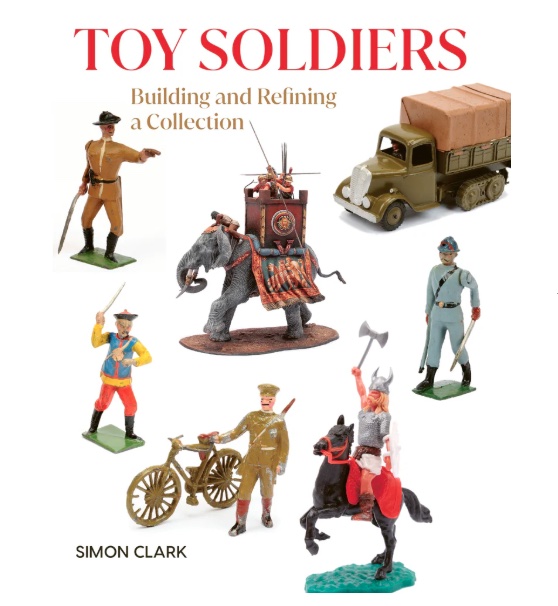More than 1,400 of the 1,000-horsepower locomotives were built for U.S. railroads between 1940 and 1950. According to one diesel preservation website, there are at least 28 S-2 diesels still in existence, and at least a handful are in regular service on shortline railroads, museum tracks, and scenic railways. Not bad at all.
Alco switchers were in action in the Baltimore & Ohio yards in Hamilton, Ohio, when I was growing up in the 1960s and early ’70s. The squat, industrial-like locomotives seemed to be able to shove the longest, heaviest trains around with minimal effort but lots of black exhaust smoke. In the early 1980s, I came upon a B&O engine shop in Newark, Ohio, and saw a handful of the diesels sitting dead, their stacks covered – very sad, indeed.
But the MTH Alco S-2 brings the good times back, from the “this baby’s gonna blow” rattle-trap sound of the six-cylinder no. 539 diesel engine, to the impressive level of exterior detail.
The model
MTH’s S-2 lives up to the reputation of a Premier line diesel locomotive. The overall look is one of accuracy, and the model exhibits a very contemporary level of O gauge detail.
At the end of the long hood, the die-cast metal pilot features smoothly cast steps and brakeman’s footplates. There is rivet detail “holding” the footplates to the pilot. A simulated air brake hose and an uncoupler arm frame the coil coupler. Small print on the steps advises an O gauge trainman to “Watch your step.” The metal pilot is painted silver and orange, and along the frame are silver rectangles that simulate reflective tape.
The handrails are made from fine wire (what a contrast from the days of stamped metal handrails!) yet are reasonably durable. The deck surface along the hood has cast-in safety tread. Separately applied grab irons and handrails frame the headlight.
There is plenty of rivet, louver, door, hinge, and latch detail along the flanks of the locomotive. The large air intake grills on either side of the nose are cast-in but look to have an appropriate amount of depth. Just above the intakes are illuminated number boards.
Farther down the hood is another set of grab irons, and MTH also has placed additional add-on piping just in front of the cab.
On the roof of the hood, above and bracketing the front headlight, are two hatches for sand. I stuck my fingernail beneath them to see if they opened – nope, they’re cosmetic. Behind the sand tubes is a raised frame with see-through screens that shield a cast-in exhaust fan.
Along the roof, you’ll see additional cast-in hinges, hatches, and four add-on lift rings, as well as an add-on line running from the cab to the nose. The locomotive has a square exhaust stack, where you add smoke fluid.
Let’s talk about the cab. First, to get some sort of a cab interior to fit above a truck-mounted motor, MTH got creative. The cab floor is just a little below window level. Peek in, and you’ll see two crew figures (our engineer looked a bit like Roy Orbison), each behind a control panel. You’ll also find dials and equipment mounted on the forward bulkhead. The panels are all colored the shade of light green that industrial-equipment makers once favored.
I was a bit surprised that the cab’s rear door was cast-in and can’t be opened. But I don’t waste time opening and closing the door for my imaginary crewmen, so it wasn’t a big deal for me.
As nice a diesel as this is, I was expecting to see a few corners cut in the painting and decoration department. Why? Because of the comparatively low price ($330) for a Premier line product. I was pleased that the Western Pacific got the full “star” treatment.
In addition to the orange-and-silver pilots with warning signs, dashes of reflective safety run the length of the frame. There is a large “V” over the fuel tank. This looks vaguely like the “V” symbol used on armored vehicles to identify themselves in the heat of battle. Who’d have thought that competition between the WP, UP, and SP would have been so rugged?
The road name, numbers, and class are all marked in that neat art-deco font used by the WP. There is a builder’s plate on the cab side, along with one of the finest reproductions of the WP’s famous “feather” logo I’ve seen.
The MTH Alco S-2 is available in powered and unpowered versions in a surprising number of road names. These include Baltimore & Ohio; Canadian National; Chessie System (B&O); Great Northern; Lehigh & New England; Penn Central; Reading; Richmond, Fredericksburg & Potomac; Santa Fe; Soo Line; Southern Pacific; Union Pacific; Western Maryland; and Western Pacific.
On the test track
Our performance numbers on the switcher were first rate. The locomotive’s low-end speed was 2.9 scale mph, and the high-end speed was 80.8 scale mph. Drawbar pull for the 4-pound 3-ounce locomotive was 1 pound 6 ounces.
What about that sound system? It’s great! Chances are that if it reproduced a more efficient prime mover (like that of virtually any GM diesel engine), it wouldn’t be nearly as satisfying. But the sound of the cranky Alco six-cylinder does indeed sound like a product of the Third Place winner of a race between EMD, GE, and Alco.
Every railfan here at Kalmbach Publishing who heard the locomotive’s start-up cycle and uneven idle smiled or laughed, and they usually said something like, “Boy, they got that right.” The start-up of the prime mover is so rough you almost expect to hear the engineer shouting, “Come on baby, turn over!”
The model features a die-cast metal frame and a die-cast fuel tank that houses the sound system’s speaker and assists in delivering a deep, throaty burble. A check of the sound and command features offered by ProtoSound 2.0 resulted in two thumbs up. Everything from crew effects to the “Mr. Microphone” feature worked well, though I resisted the temptation to plug my iPod into the DCS unit to check the musical fidelity of the ProtoCast option.
The only bump in the road for our sample seemed to be the smoke unit. After running through my initial batch of smoke fluid, I managed to overfill the reservoir (to the point of it leaking out) and never got the Alco smoking again (though the fan blade rotated). Log it as operator error.
In the course of fiddling with the smoke unit, we needed to “pop the hood.” We discovered that the instruction manual was wrong. There are not four screws to remove the shell, as it states. Instead, there are two screws for the hood (at the end of the long nose) and four tabs on the cab to disengage.
Since I hate cab tabs (I tend to break them off), I was pleased (and startled) at how easily the hood came off by itself. I didn’t need to mess with cab removal after all, which suited me fine!
The O gauge Alco S-2 looks nice, delivers a satisfying level of detail, and offers excellent operating characteristics in both the speed and car-pulling departments. Just use the smoke fluid sparingly. To flash back to an expression in vogue during the early days of the space program, this model is “A-Okay!”





